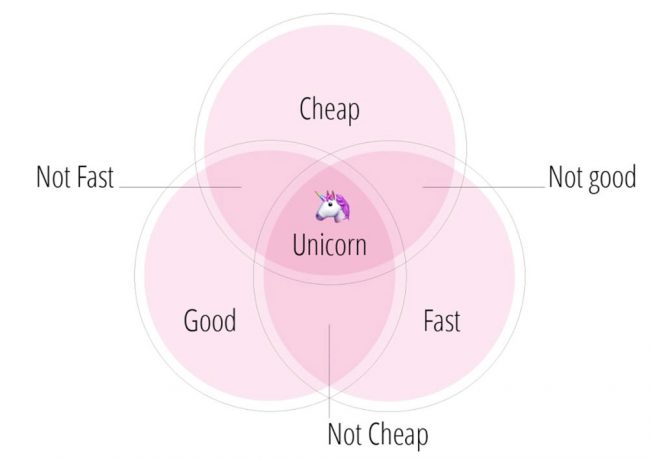Better briefs #1:
Top tips to inspire.
What separates the great briefs from the utterly awful ones? It’s a question we’ve been asked a lot at 2LK over the last 25 years. We always give the same answer. It’s down to the quality of insight, information and thinking. In other words, ‘shit in, shit out’. By Dan Mason.
The good news is that industry organisations such as the DBA and ISBA offer brief writing advice. However, you still need to find your own approach – and unfortunately there are no shortcuts. Here are my top five tips for brands (and their agencies) when writing a brief.
1. You only get out what you put in
Put the same energy into the brief that you want out of the creative work. As Einstein once said, “If I had an hour to solve a problem, I’d spend 55 minutes thinking about the problem and five minutes thinking about solutions.”
Don’t work in a silo. Talk to your agency. Think about the big picture, the end vision and objectives. Ponder the challenges, the personalities/culture and the contextual landscape.
2. Get your priorities right
“The most important way of communicating the value of design is by measuring its true effectiveness.” The gospel according to the DBA. Amen to that. You’d be amazed at how many briefs I’ve received that don’t actually set an end goal. Without that, you have no benchmark to judge effectiveness (or lack of it!).
Visitor numbers may sound like the most obvious statistic, but success looks different for every event and every exhibitor. Key meeting numbers, exposure to a new brand or product and message alignment amongst visitors are all valid objectives. I once delivered an event design for a client whose sole objective was to engage one specific VVIP for as long as possible. 15 minutes was deemed a success, five minutes a failure!
Help your agency by guiding them to what really matters. Use percentages (or a pie chart if that’s your thing) to define the hierarchy of importance. It helps focus time, effort and budget.
3. Open more doors than you close
Don’t solutionise. A great brief never starts with the answer. Look for opportunities for creative ideas to thrive, not specific executions that will restrict them.
For example, “Hosts and visitors need dedicated, secluded meeting spaces” will always get more creative variety flowing compared to “We need seven meeting rooms”. After all, how and why did you settle on seven? Was it simply because you had that many last year?
4. The brief is no place for subjectivity
In the experiential world, personal preferences, likes and dislikes inevitably rear up. But it’s important to leave these to one side. To quote the French philosopher Blaise Pascal, “People almost always arrive at their beliefs not on the basis of proof but on the basis of what they find attractive”.
Work hard to remove the subjective and embrace the objective. Rework your brief if it starts with “I like, I think…”. Instead, consider terms such as “This aligns with the brand, research suggests this is right for the audience…”.
5. Seriously, we need to talk about the budget
I’ve yet to hear one reason for not setting a budget that doesn’t eventually derail the design process. You wouldn’t expect to buy a car or house without some basic budget in mind. So do your homework, consult with your agency and set a realistic budget.
One final truism. Of course you will always strive for that perfect balance of good, quick and cheap, but if you want all three, good luck chasing that unicorn!

Quite simply, better briefs boil down to communication, transparency, honesty and trust. Call it what it you like, but it’s an approach that ensures any brief can become a creative firecracker – the ignition to effective event experiences.
Special thanks to Exhibition World for first publishing this article on 27 June 2019.
More reading:
Better Briefs #2: Make Them More Effective
Effective Experiential: Beware the PR Stunt.